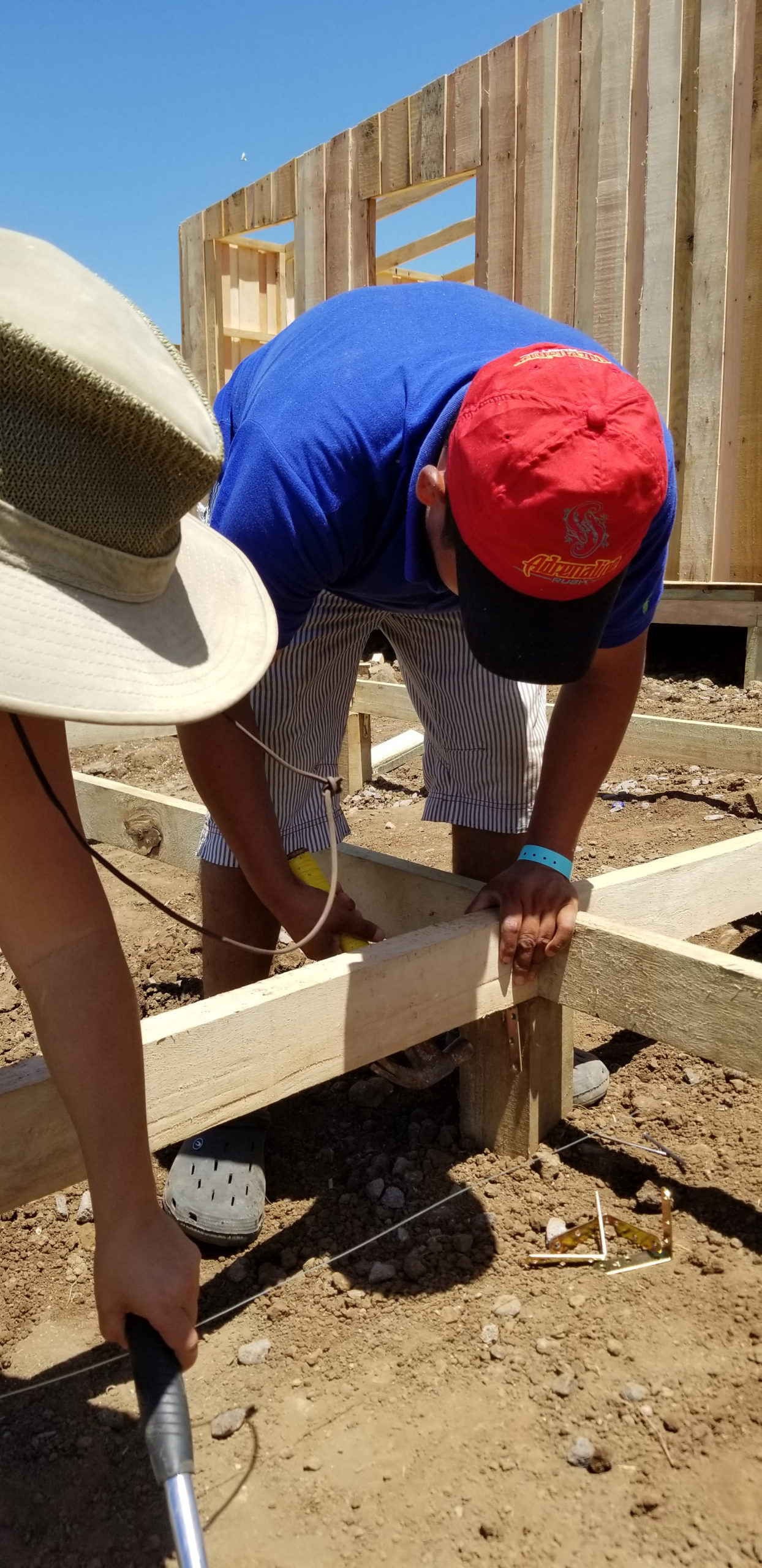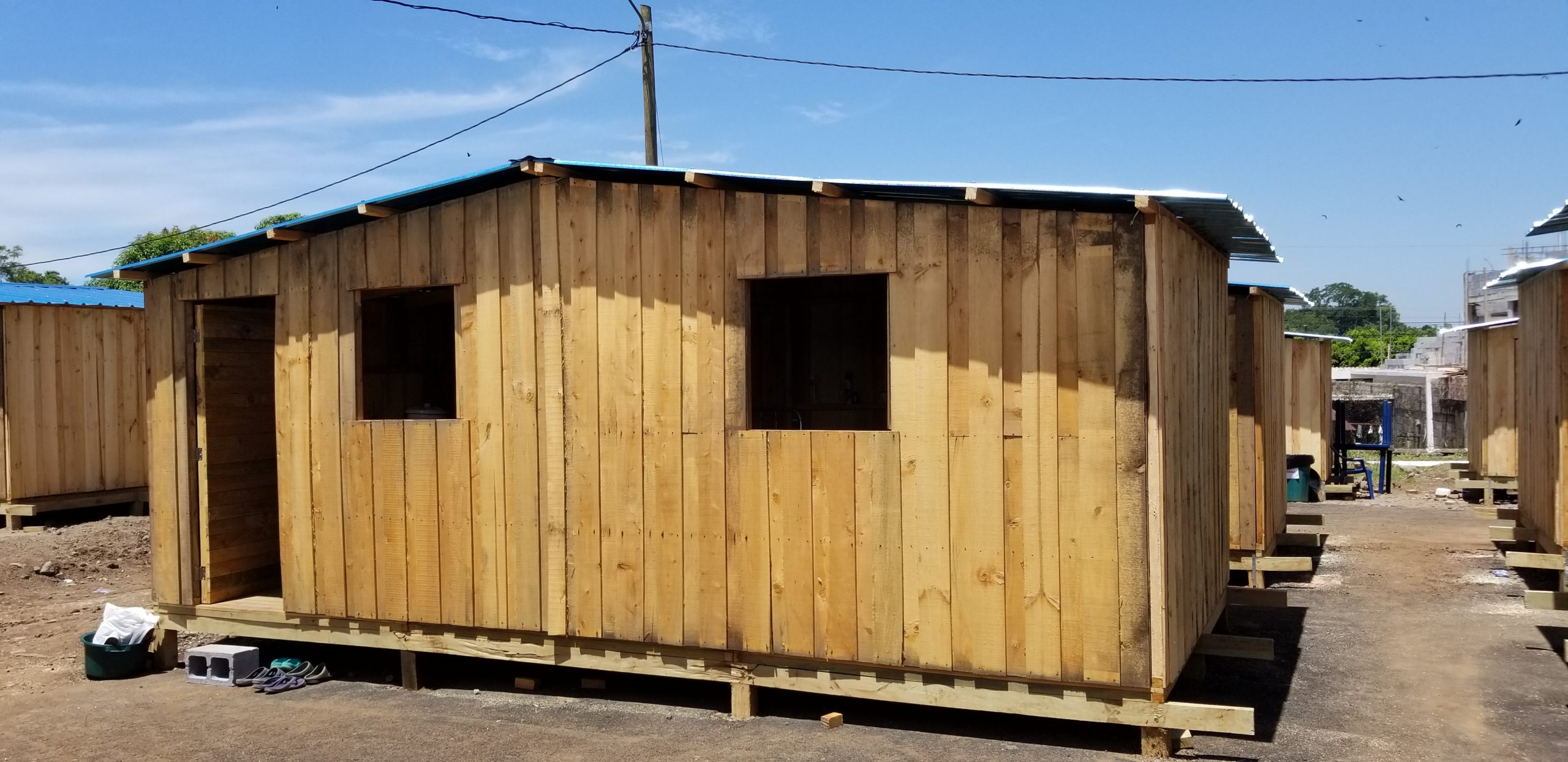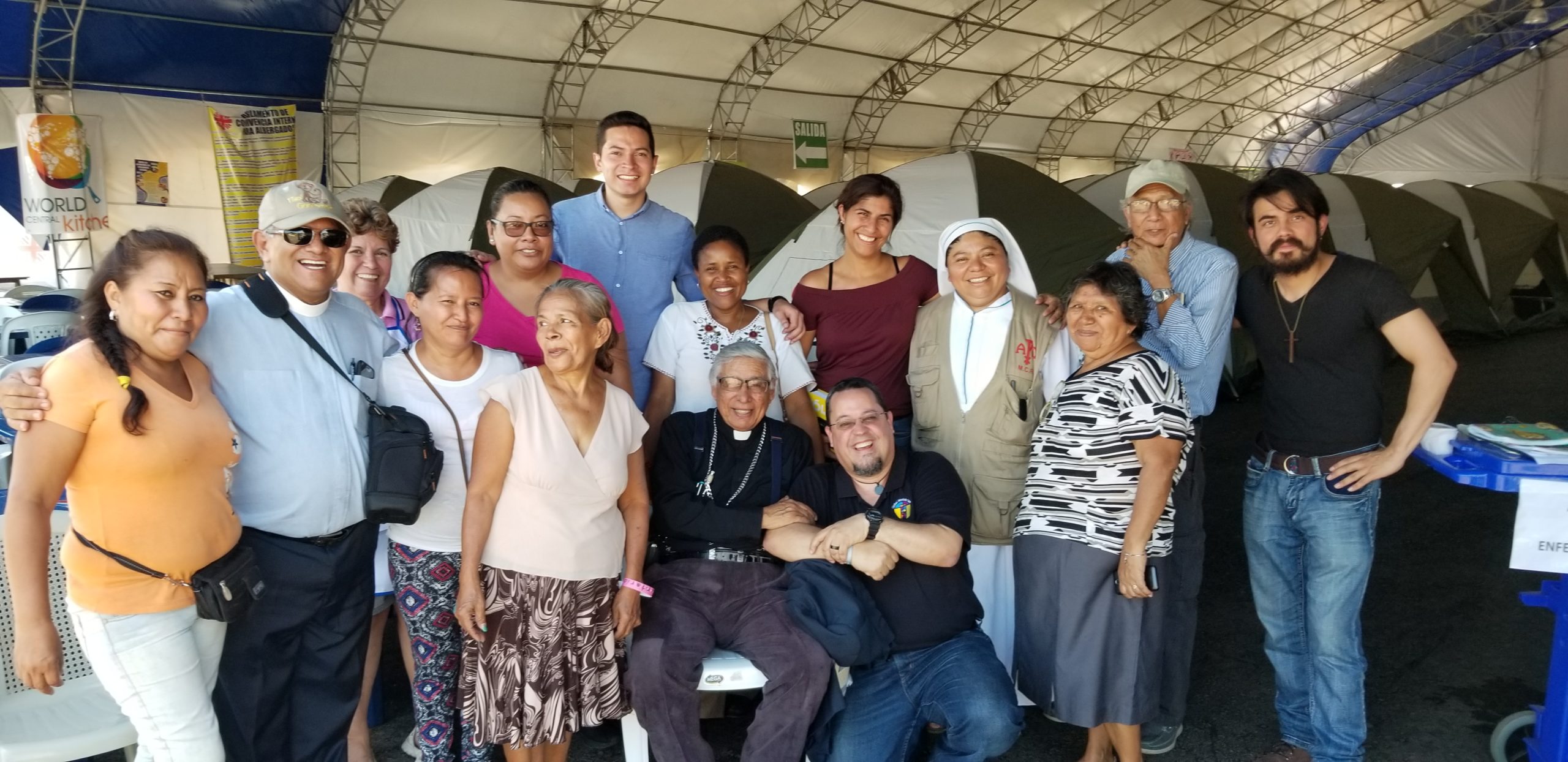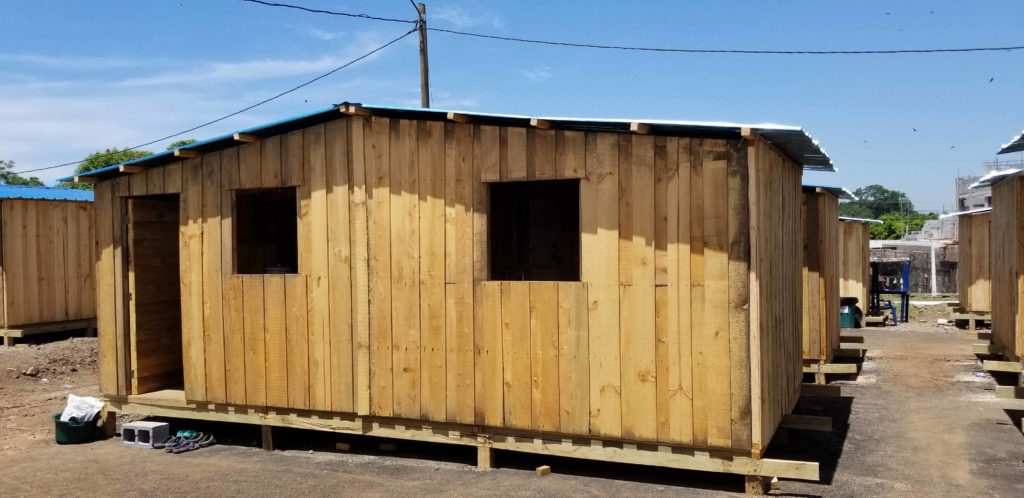Rising from the ashes in Guatemala
-This is my cousin, he had just been married.
-This is my husband’s family, they all died inside his house.
-This is my grandmother. My older girl looks like her.
-This is my sister-in-law. She and her little girl do not appear. They are still looking for it.
-This is….
-This is….
… and he continued to show me pictures on his cell phone, bathed in tears, on the outskirts of the volcano in Esquintla, Guatemala. Emilio continued scrolling through photos and sharing the efforts of the survivors of the eruption to locate the rest of their dead families beneath volcanic debris. His whole family was buried in lava and he has the intention to get to the disaster area in order to find the rest of his loved ones.
The Volcán de Fuego in Guatemala erupted on June 3, 2018, creating a rising tower of ash more than a mile into the sky. Burning lava, rocks and gas poured down the slopes of the volcano onto the peasants who live on its fringes. Nobody was prepared for the eruption. More than 3,500 refugees seek shelter in places provided by the Diocese of Esquintla, one of the towns affected by the volcano. I was part of the delegation composed of the leadership of the Ecumenical Christian Council of Guatemala. We visited the Diocese of Esquintla and offered to accompany the efforts of the Catholic Church in the vicinity.
 “The people of Esquintla always have had a sense of solidarity in every crisis we have lived through in our history. The war, Mitch (a hurricane that passed through Central America in the late nineties) and every other difficult situation can demonstrate what I am saying.”
“The people of Esquintla always have had a sense of solidarity in every crisis we have lived through in our history. The war, Mitch (a hurricane that passed through Central America in the late nineties) and every other difficult situation can demonstrate what I am saying.”
Monseñor Victor Hugo Palma, Bishop of Esquintla was pleased at times, remembering the spirit of the people. Then he paused and told us after taking a deep breath, “It won’t be easy for the people to recover from this catastrophe. The government hasn’t even declared what happened as an official National Disaster. There are open wounds in the people and they are not helping to heal them. It is the church who has been doing that for the farmers and their families.
That was something we could see clearly. At the door of the Diocese’s main office there were dozens of victims waiting to get some room in the improvised shelter prepared by the church. First, to have some place to sleep in one of the parishes prepared to receive them. Then, to move into the shelter and join the teams that build temporary houses while everybody waits for the government to approve a law that would allow relocation into a safer area.
The Christian Ecumenical Council of Guatemala joined their efforts with the Diocese of Esquintla for the rehabilitation of the communities affected by the volcano. They are working to provide food security and the recovery of the way of life and well as pastoral and psycho-social assistance for the victims. They also are delivering first aid kits, personal hygiene items, creams and supplies to cure minor burns like oxygenated water, gauze, cotton, antibiotic ointments, sulfaplata ointments, Sulfapenicillin ointments and soap to wash burns, clothes and bed sheets for the warm weather.
 What really inspired us as delegation was the way the people organized themselves to build their temporary houses. Regardless of the limitations of their context, they formed brigades to put together walls, roof, floors and anything that house would need to be functional. Some of them told me that they never worked in construction before. But the need to be useful to face adversity moved everybody into helping each other. It was like seeing a whole community rising from the ashes and moving into a promising future.
What really inspired us as delegation was the way the people organized themselves to build their temporary houses. Regardless of the limitations of their context, they formed brigades to put together walls, roof, floors and anything that house would need to be functional. Some of them told me that they never worked in construction before. But the need to be useful to face adversity moved everybody into helping each other. It was like seeing a whole community rising from the ashes and moving into a promising future.
 That is the key of critical presence. It is a matter of being there, available to each other, to meet in a place where we can deal with pain and need, together. With that sense of solidarity and presence, I am sure that the people of Esquintla will rise again as in previous moments in their history. They will rise from the ashes in hope and faith.
That is the key of critical presence. It is a matter of being there, available to each other, to meet in a place where we can deal with pain and need, together. With that sense of solidarity and presence, I am sure that the people of Esquintla will rise again as in previous moments in their history. They will rise from the ashes in hope and faith.

